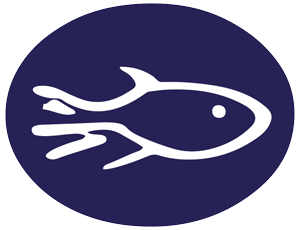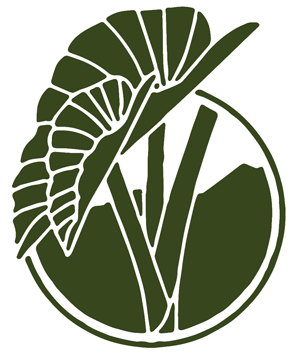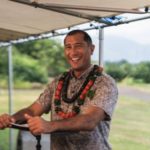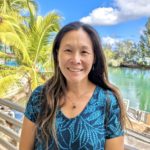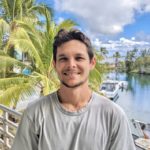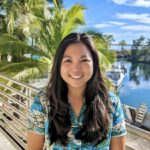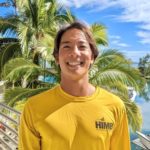About Us
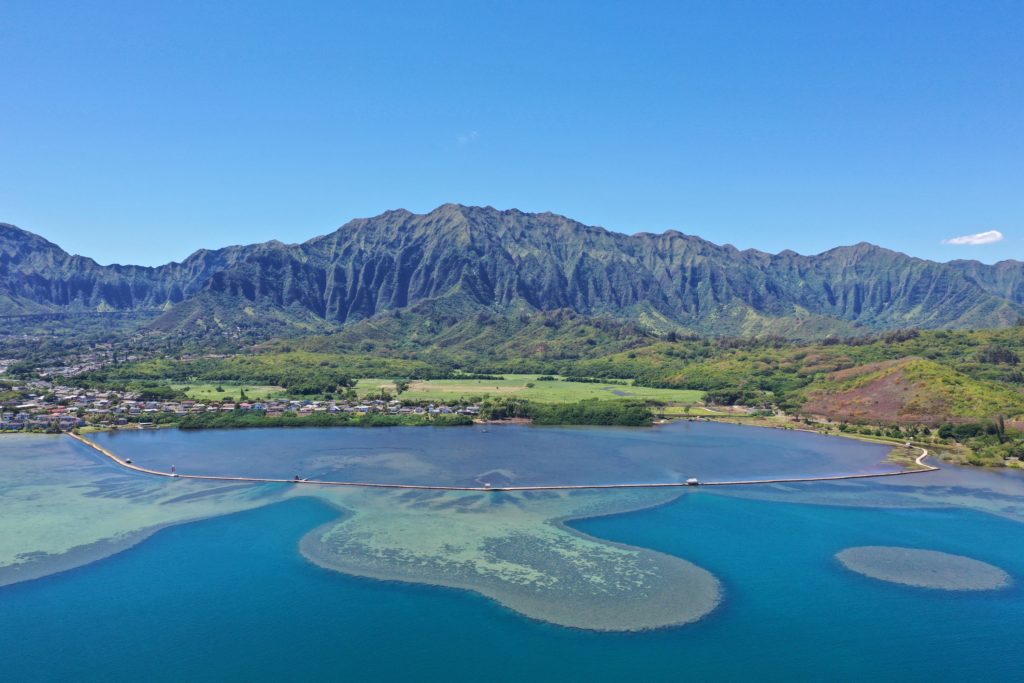
Our Vision
The ahupuaʻa concept is a global example of a thriving and resilient social-ecological
community. The biocultural integrity of the ahupuaʻa of Heʻeia is restored to a state of
ʻāina momona and is a legacy for future generations.
Our Mission
To practice and promote stewardship through Native Hawaiian philosophies and values. Our efforts are supported by Indigenous knowledge, innovative research, education, and training that nourishes healthy and resilient ecosystems, economies, and communities.
Our Place
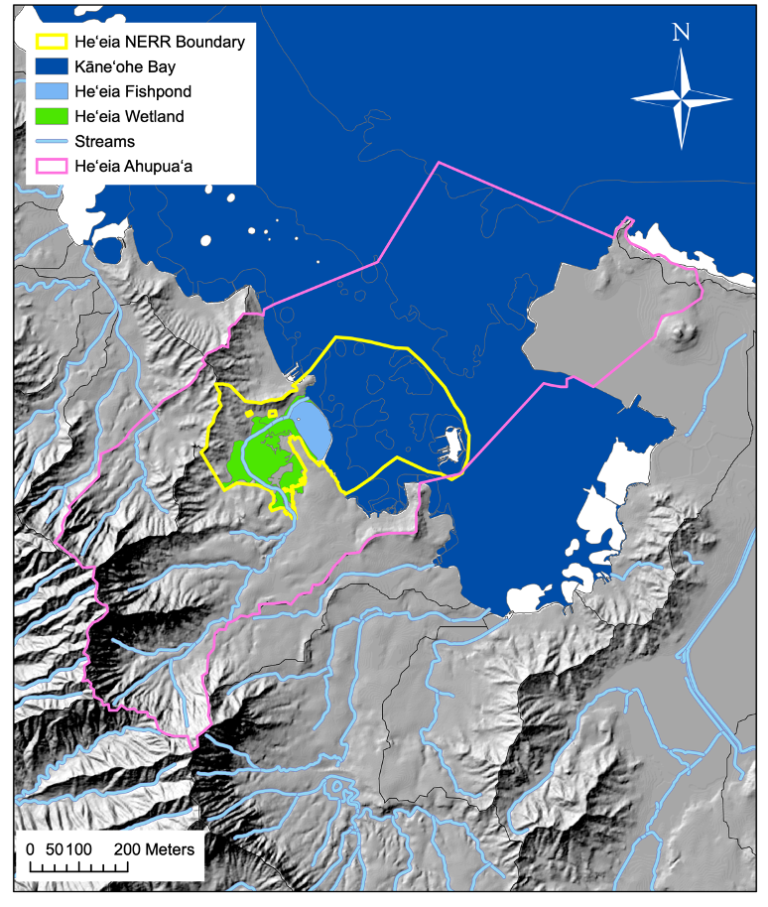
The He‘eia ahupua‘a is located in Ka-waha-o-ka-manō (commonly referred to as Kāne‘ohe Bay) within the Ko‘olaupoko region on the northeastern or windward shore of the island of O‘ahu. Heʻeia ahupuaʻa extends from the ridge of the Koʻolau mountains to the reef, encompassing areas for sustainable management. Kāne‘ohe Bay is the largest sheltered body of water in the Hawaiian Islands, with a total surface area of 18 square miles (11,000 acres).
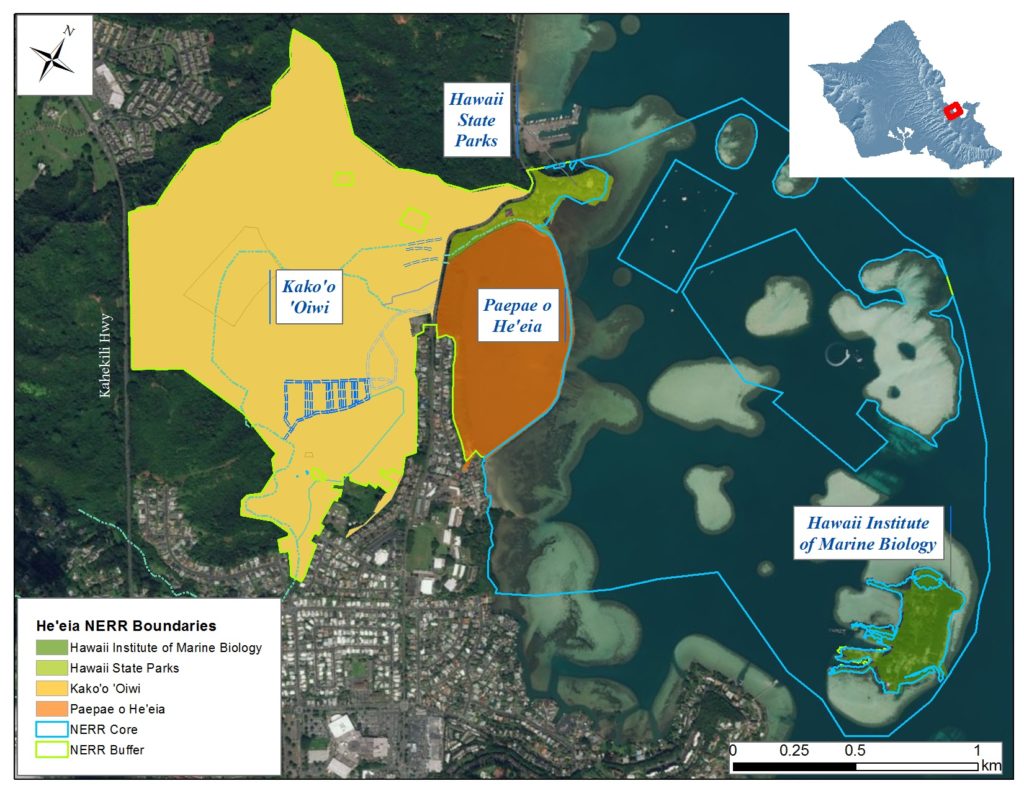
He‘eia National Estuarine Research Reserve lies within the Heʻeia ahupuaʻa and encompasses 1,385 acres of unique and diverse upland, wetland, stream, estuarine, coastal, and marine habitats within the He‘eia ahupua‘a. It encompasses He‘eia State Park to the north, He‘eia Fishpond in the center, the wetlands of Hoi to the west and south, Moku o Lo‘e (Coconut Island) to the east, and a large expanse of marine waters with patch and fringing reefs.
Reserve lands support wildlife, including:
- federally endangered ʻAe‘o (Hawaiian stilt), ʻAlae ‘ula (moorhen), and ʻŌpe‘ape‘a (hoary bat)
- bio-cultural keystone species such as Kalo (taro) and ‘Anae (Hawaiian striped mullet)
The biodiversity of the Reserve and intertwined suite of ecosystem services face threats from invasive species, soil erosion, sedimentation, non-point source pollution, and ocean recreational activities. Ocean warming and acidification, sea level rise, changing rainfall patterns, and extreme weather associated with climate change will have an increasing impact on the Reserve and surrounding community.
![]()
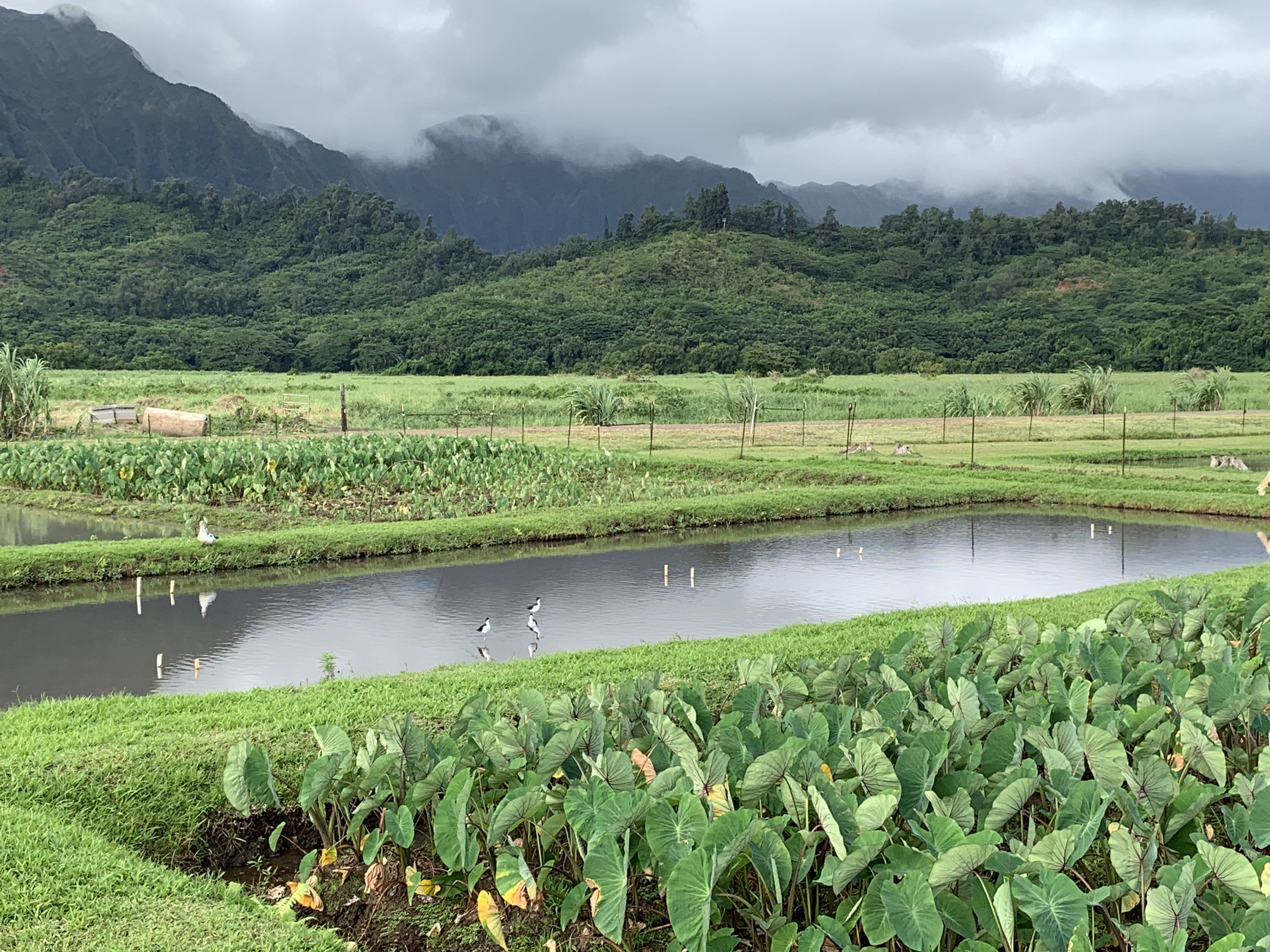
Our Partners
“ ʻAʻohe hana nui ke alu ʻia.” -ʻŌlelo noeau 142
There is no such thing as a large task when cooperation exists.
- Hawai‘i Institute of Marine Biology: a research institute of the University of Hawai‘i at Mānoa, based on Moku o Lo‘e, HIMB is a world leader in multidisciplinary research and education in all aspects of tropical marine biology and conservation.
- Paepae o He‘eia: a private, nonprofit organization formed in 2001 and dedicated to mālama (care for) He‘eia Fishpond and serve as kia‘i (guardian) to this precious resource and treasure for the community.
- Kāko‘o ‘Ōiwi: a community-based non-profit organization working to restore agricultural and ecological productivity to nearly 405 acres within the wetlands of He‘eia. Through their cultural, educational and ecosystem restoration programs, Kākoʻo ʻŌiwi is promoting the social and economic advancement of the local community.
- Ko‘olaupoko Hawaiian Civic Club (KHCC): first established in August 1937 by a group of kama‘āina residents from Kāne‘ohe, KHCC is a nonprofit civic and community organization dedicated to the perpetuation and preservation of native Hawaiian history, culture, and heritage.
- Ko‘olau Foundation: The Ko‘olau Foundation is a cultural heritage preservation program with a mission to promote Hawaiian cultural and environmental practices, preservation, and education
- Office for Coastal Management, National Oceanic and Atmospheric Administration
- Hawai‘i Department of Land and Natural Resources
- Hawaiʻi Community Development Authority
Visit or Volunteer
Visit our partner organization's websites to learn more about their work and to visit and volunteer.
Our People
Reserve Advisory Board members
Reserve Advisory Board members: Rocky Kaluhiwa (KHCC), Mahealani Cypher (KHCC, KF), Dr. Jo-Ann Leong (HCDA), Kānekoa Kūkea-Shultz (Kākoʻo ʻŌiwi), Hi‘ilei Kawelo and Keliʻi Kotubetey (Paepae o Heʻeia, Kristina Kekuewa (NOAA), Brian Neilson (DAR), Dr. Robert Toonen (HIMB)
Notable Kupuna
Left to right: Aunty Caroline Bright, Uncle Jerry Kaluhiwa, Aunty Alice Hewitt)
“I ulu no ka lālā i ke kumu” -ʻŌlelo Noeau 1261
The branches grow because of the trunk.
We are guided by kupuna — those who have passed and those still with us — from the He‘eia community.
He‘eia NERR Fellows and Interns

Veronica Gibson, Ph.D.
Postdoctoral Wetland Researcher
Ecohydrology of Hawaiian limu
Examining surface and groundwater dynamics in the Heʻeia ahupuaʻa
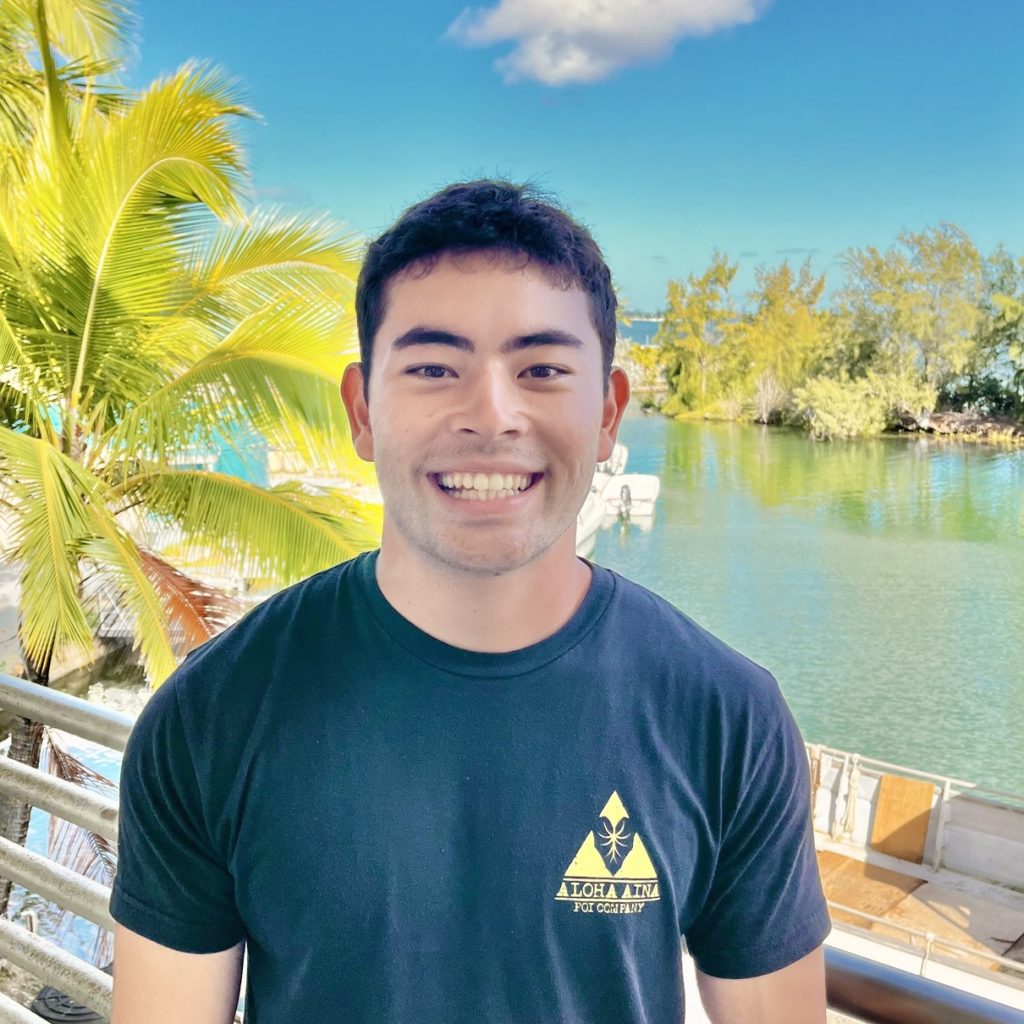
Dylan ʻAʻaliʻi Kelling
Graduate Research Assistant
Johansen Fish Resilience Lab
M.S. candidate, Marine Biology Graduate Program
Examining fish imu and Indigenous resource management techniques on coral reef ecology
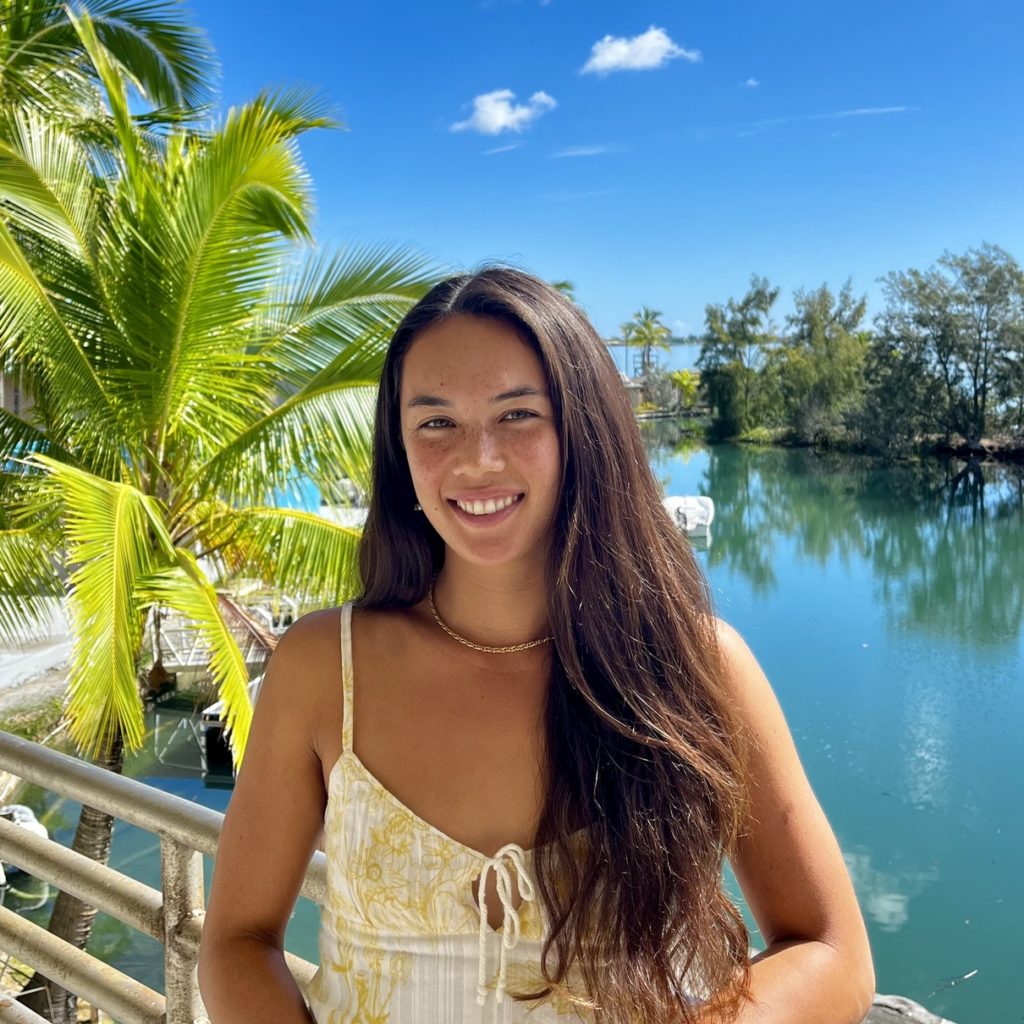
Sarah Woo
Graduate Research Assistant
Mehana Vaughan and Kawika Winter
M.S. candidate, Natural Resources and Environmental Management (NREM)
Role of Indigenous resource management in coral reef restoration
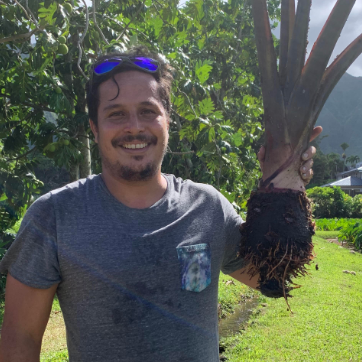
Van Velasco
Graduate Research Assistant
Sherwood Algal Biodiversity Laboratory
M.S. candidate, Botany
Examining algal biodiversity in streams in Hāʻena, Kauaʻi
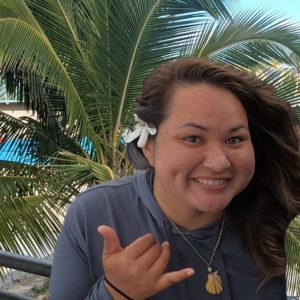
Nālani Olguin
NOAA Margaret A. Davidson Fellow (2023-2024), Ford Foundation Fellow
Ph.D. candidate, Marine Biology Graduate Program
Microbial source tracking of pathogenic Leptospira and Toxoplasma in island watersheds

Kassandra Jensen
Graduate Research Assistant
Ticktin Ethnoecology and Conservation Lab
M.S. candidate, Botany
Examining bryophyte biodiversity in streams in Hāʻena, Kauaʻi
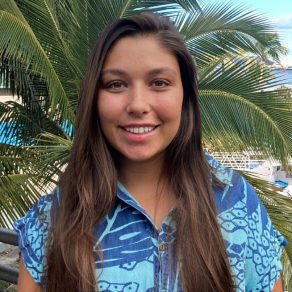
Lani Musselman
Graduate Research Assistant
Rosie Alegado and Shimi Rii
M.S. candidate, Oceanography
Mesocosm experiments examining nutrient drivers of diatom growth and production in Heʻeia Fishpond
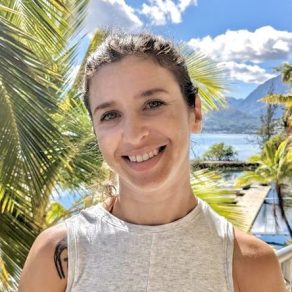
Claire Atkins
Graduate Research Assistant
Price Hawaiʻi Wildlife Ecology Lab
M.S. candidate, NREM
Examining shorebird foraging and ecology in Heʻeia, Oʻahu
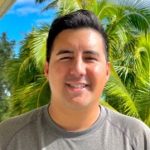
Matthew Kahoʻohanohano
Graduate Research Assistant
Ticktin Ethnoecology and Conservation Lab
Ph.D. candidate, Botany
Examining historical ecology and social-ecological data for agroforestry restoration in Heʻeia, Oʻahu
